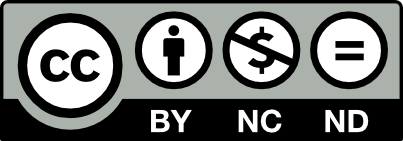Original Article
Sushil Paudel
Original Article
2023-05-27 14:24:40
Introduction: Thromboembolic complications is common after arthroplasty. The purpose of this study was to find out the incidences of deep vein thrombosis, symptomatic, and fatal pulmonary embolism in Indian patients undergoing arthroplasties and to compare the effectiveness and safety of thromboprophylaxis with low molecular weight heparin versus aspirin plus intermittent pneumatic compression device.
Methods: Patients who had a total hip and knee arthroplasty were randomized to receive prophylaxis with LMWH or aspirin plus intermittent pneumatic compression device. After four to six days, all patients underwent bilateral lower-extremity color Doppler ultrasonography to screen for deep venous thrombi in the calf and thigh. Any clinical symptoms of pulmonary embolism were evaluated with pulmonary CT angiography. Bleeding events in both groups were documented. The patients were followed up at 6 week and 3 months with Color Doppler to look for the evidence of deep venous thrombi.
Results: 300 patients (409 joints) were randomized into 2 groups and studied regarding the incidence of deep vein thrombosis, pulmonary embolism, safety of the thromboprophylaxis in regard to its effi cacy. Demographics were similar clinically between the groups. The rate of major bleeding events was 0.67% in the aspirin and compression group and 6% in the low-molecular-weight heparin group. Overall, prevalence of DVT and PE in Indian patients who underwent total hip or knee arthroplasty was 0.67% and 0.33% respectively. The rates of deep venous thrombosis were 1.33%, in the aspirin plus compression group compared 0% in the LMWH group. The rates of pulmonary embolism were 0.67% in the Aspirin plus compression group and 0% in the heparin group, and there were no fatal pulmonary emboli. Within the six week and three month follow-up period, no events occurred. There was no difference between the groups with regard to the prevalence of venous thromboembolism.
Conclusions: An inexpensive multimodal protocol, consisting of aspirin, exercises, and the use of intermittent compression devices, was associated with relatively higher thromboembolic complications. However, major bleeding events were signifi cantly lower in Aspirin group.
Keywords: Aspirin; Deep Vein Thrombosis; Low Molecular Weight Heparine; Pulmonary Embolism.





